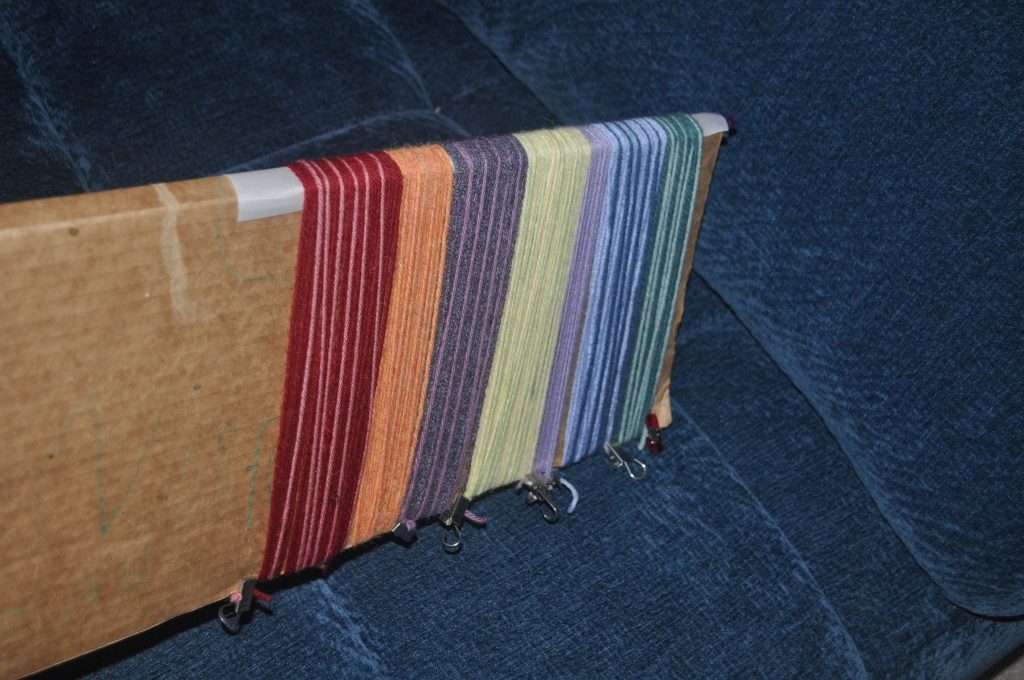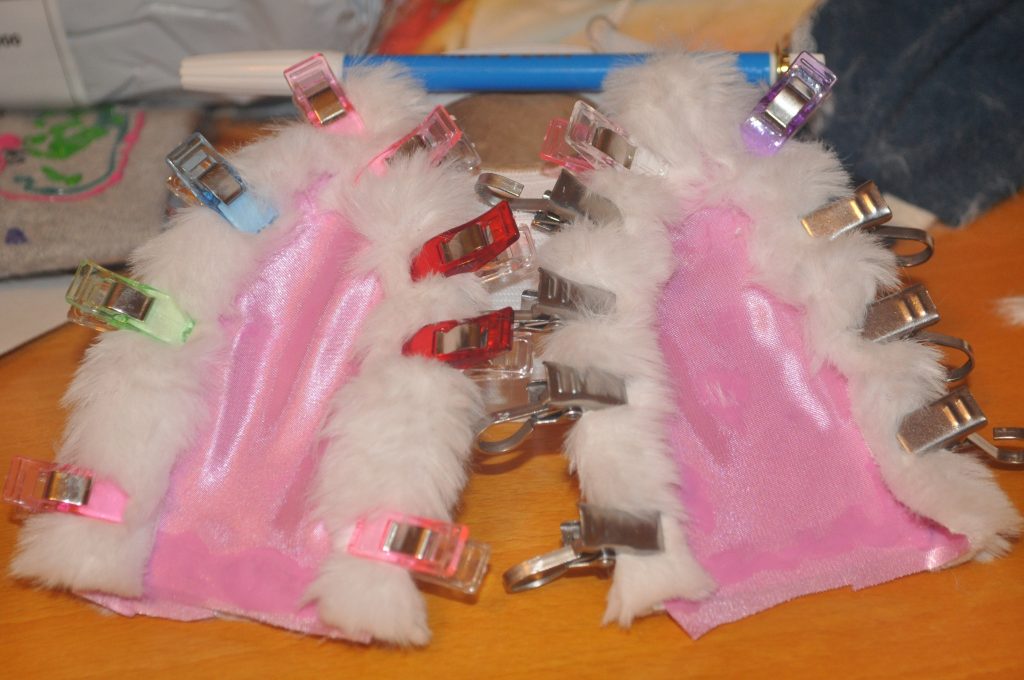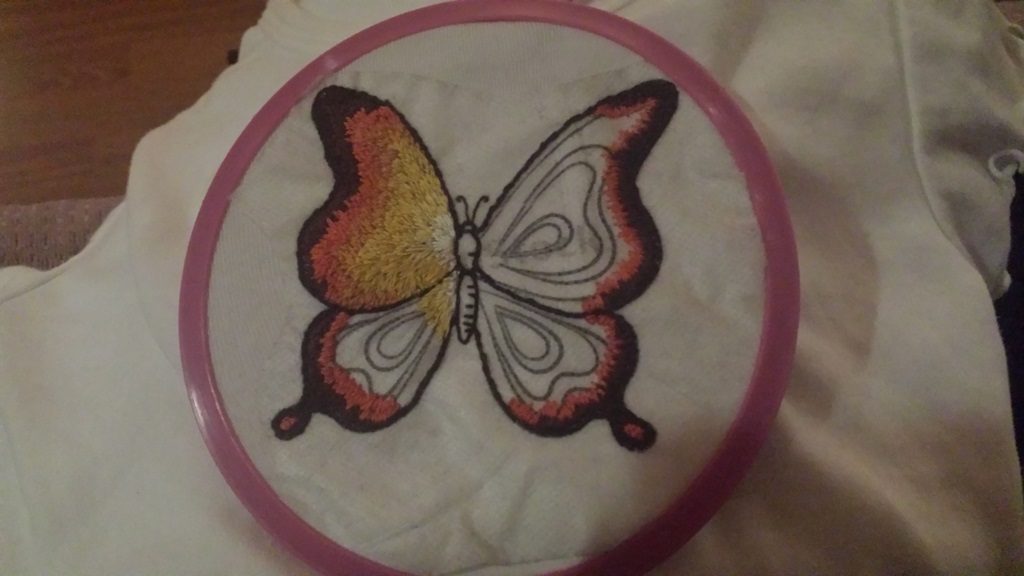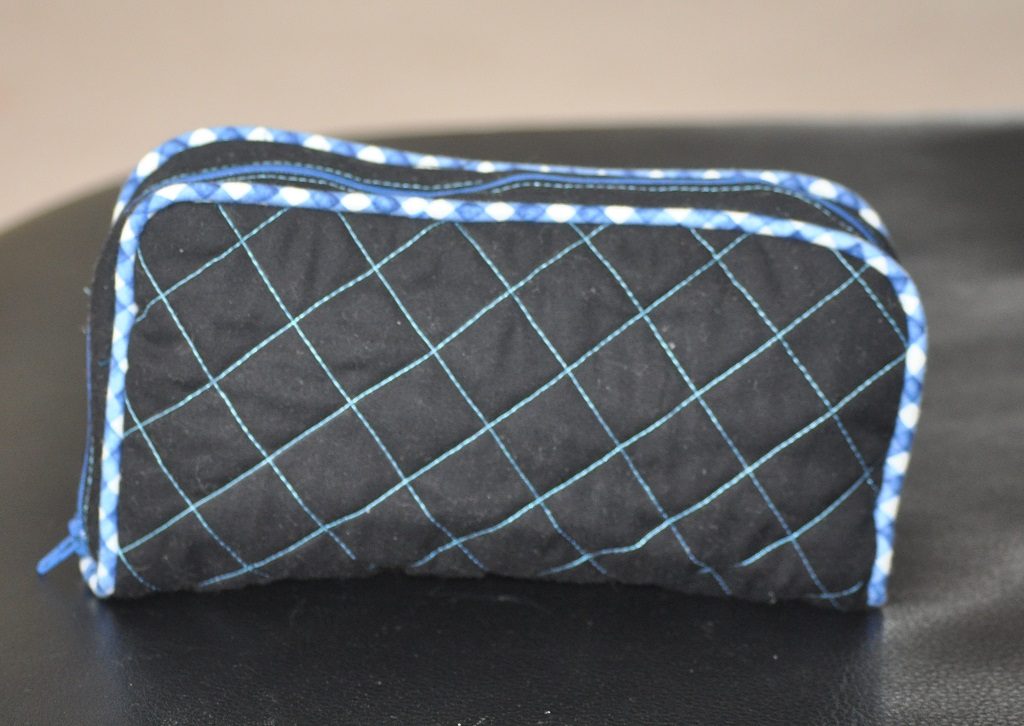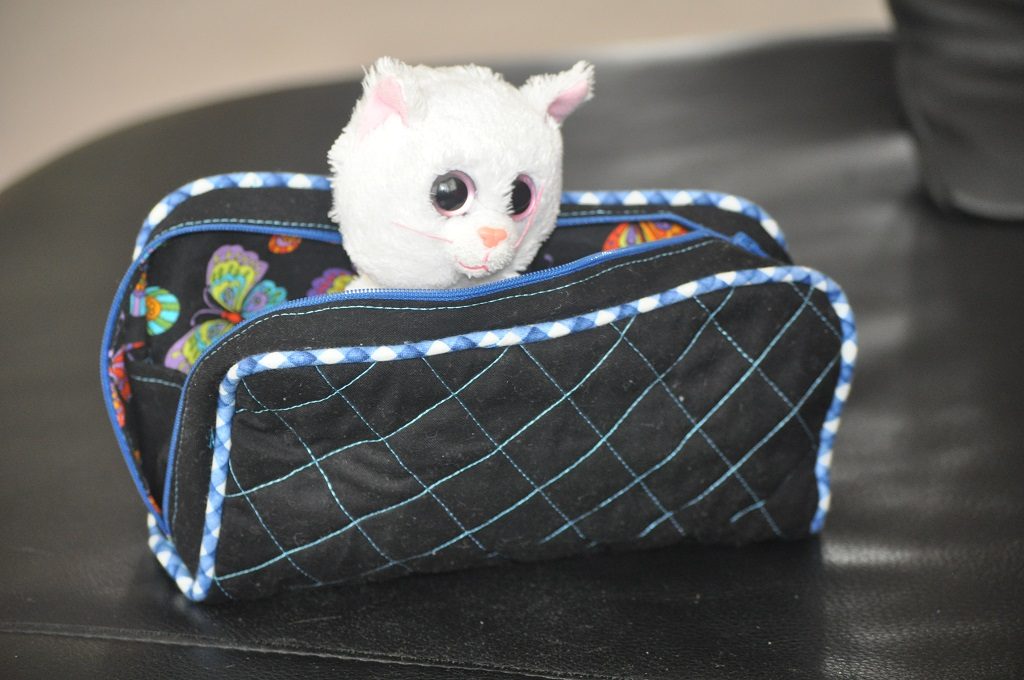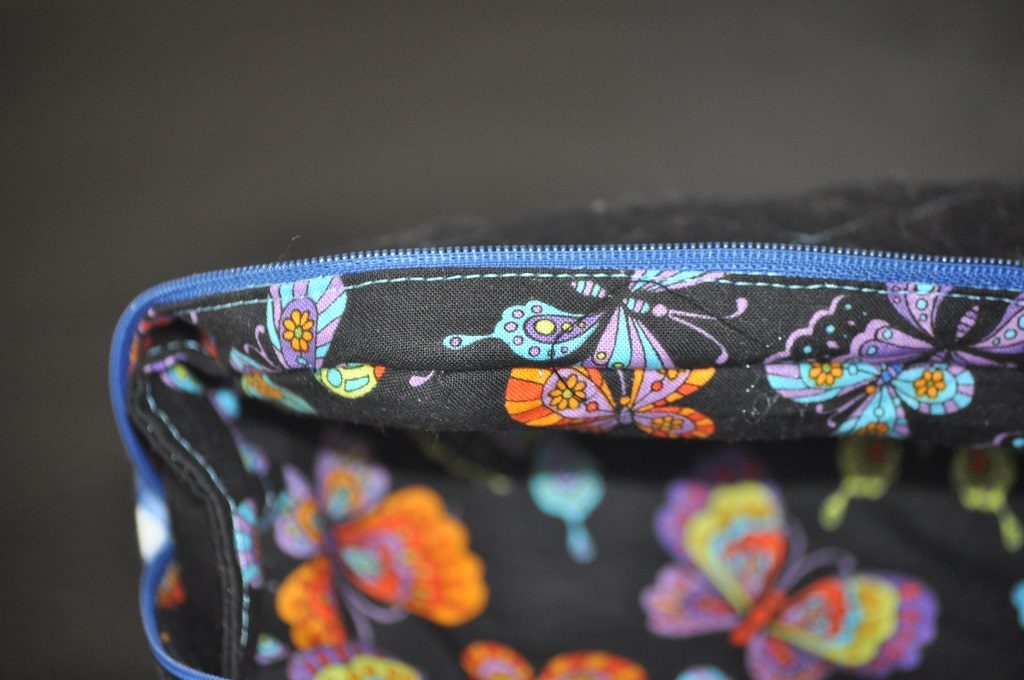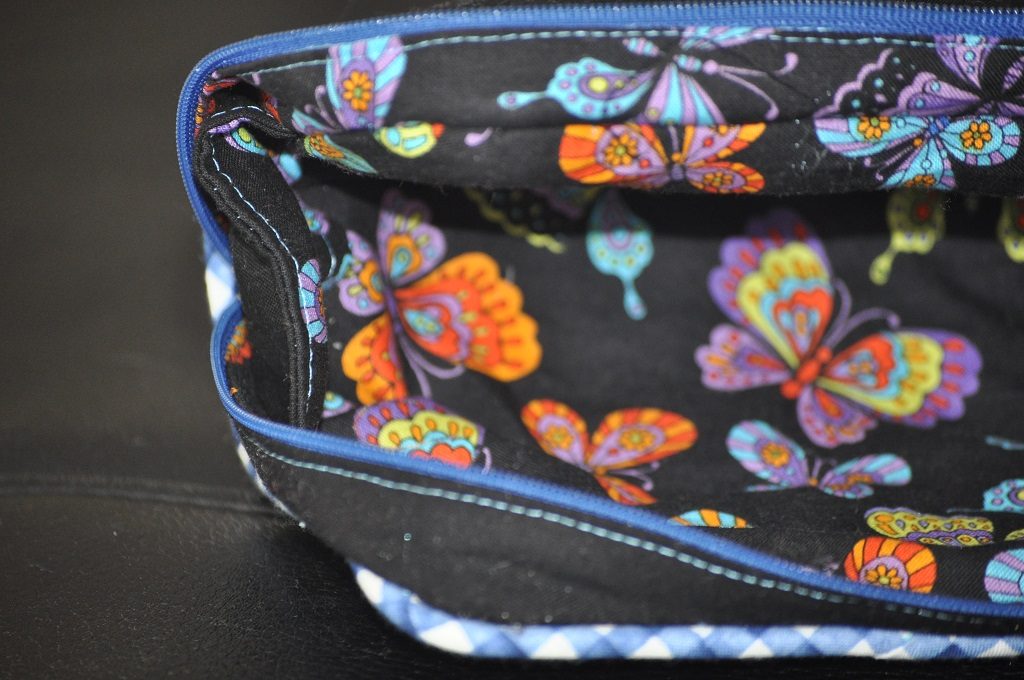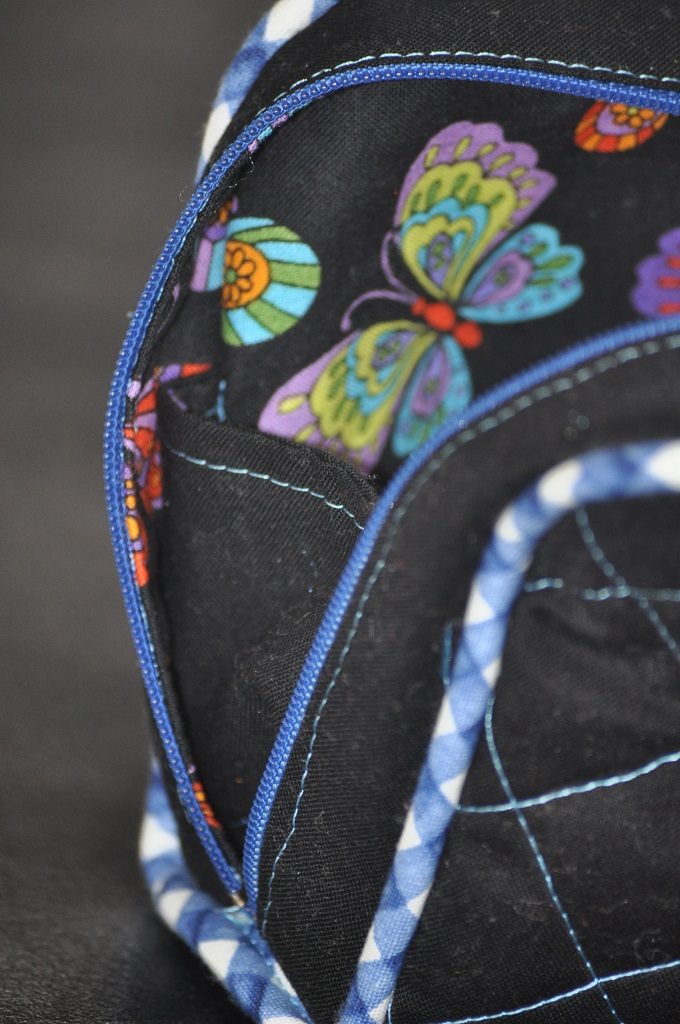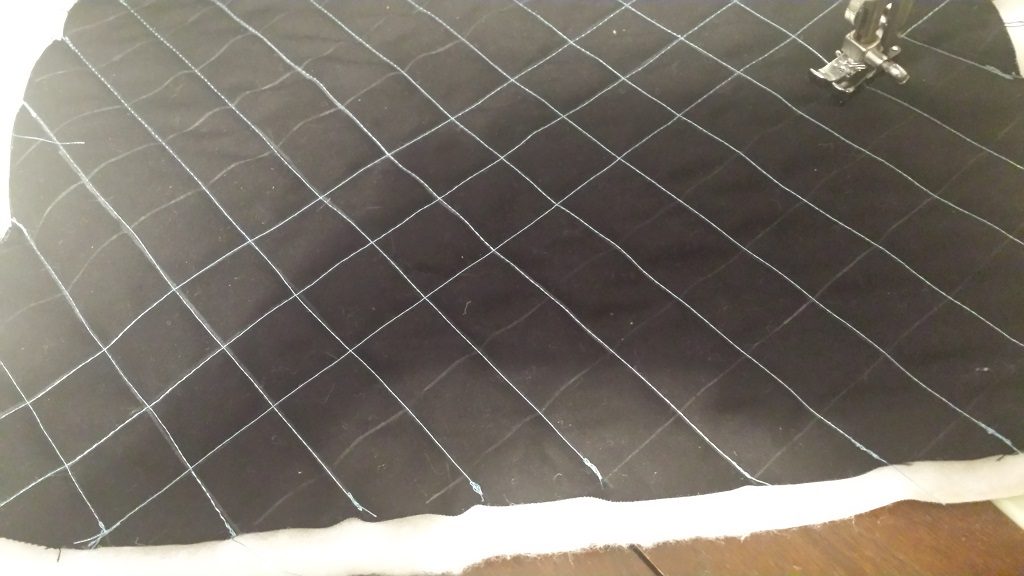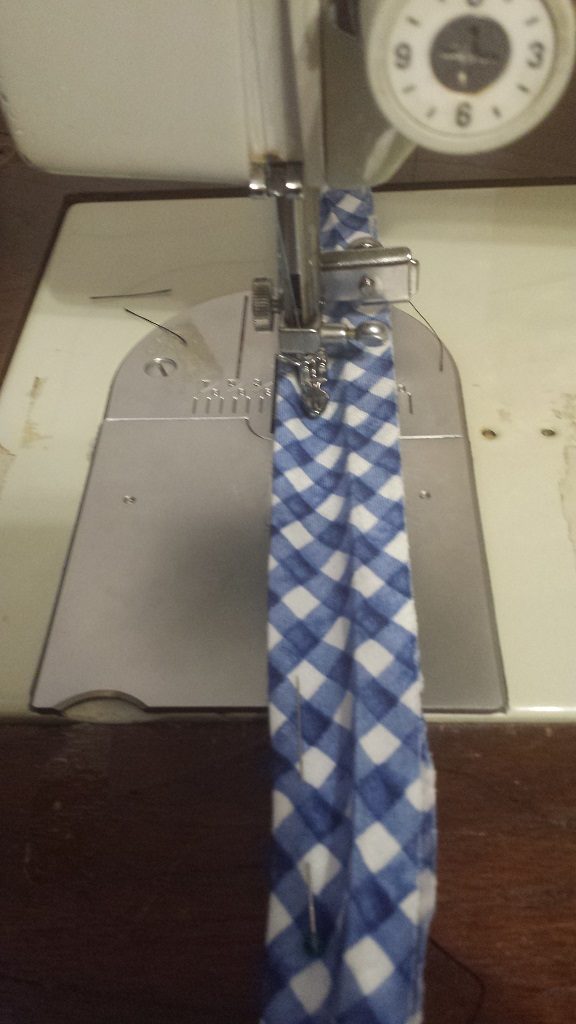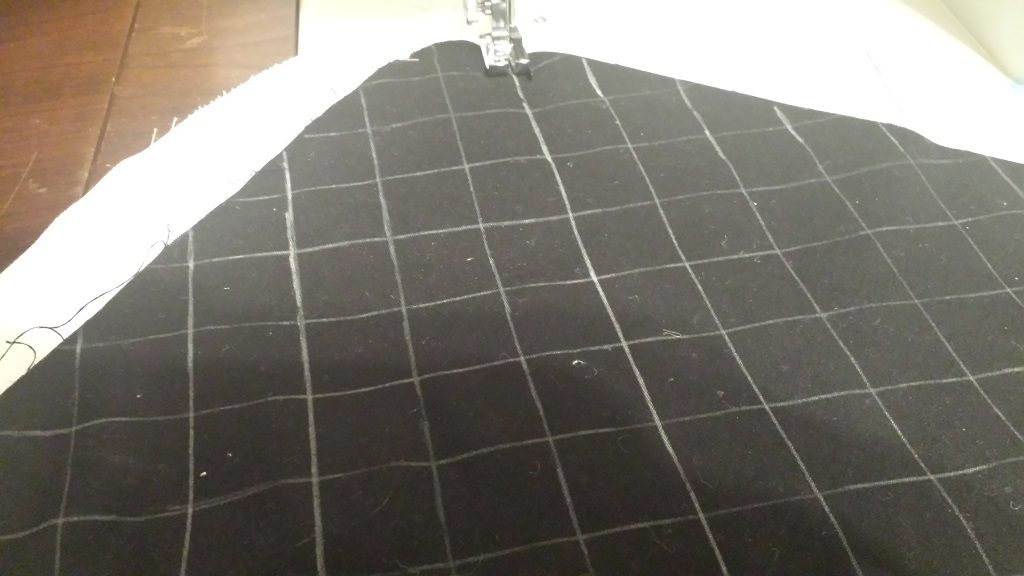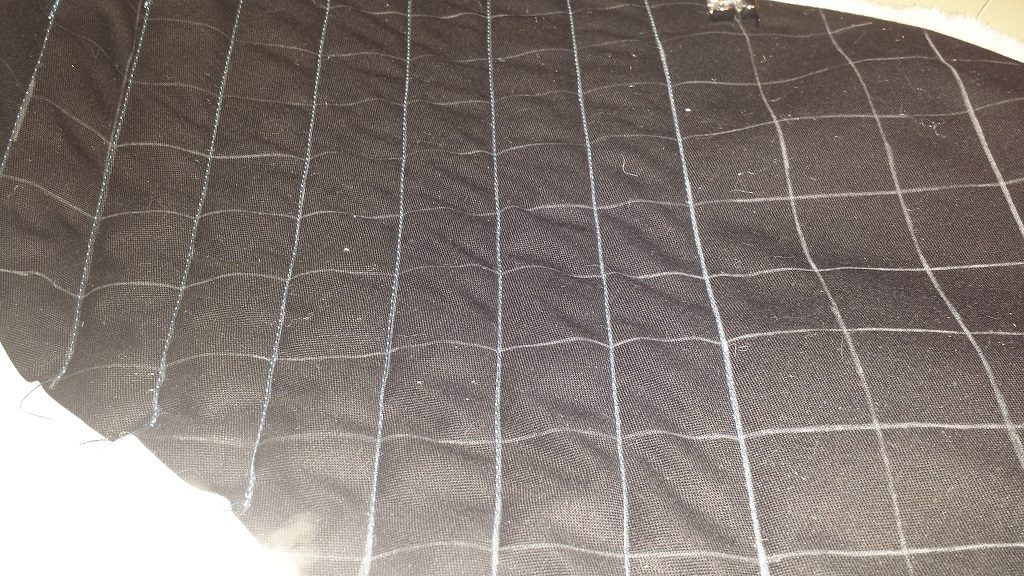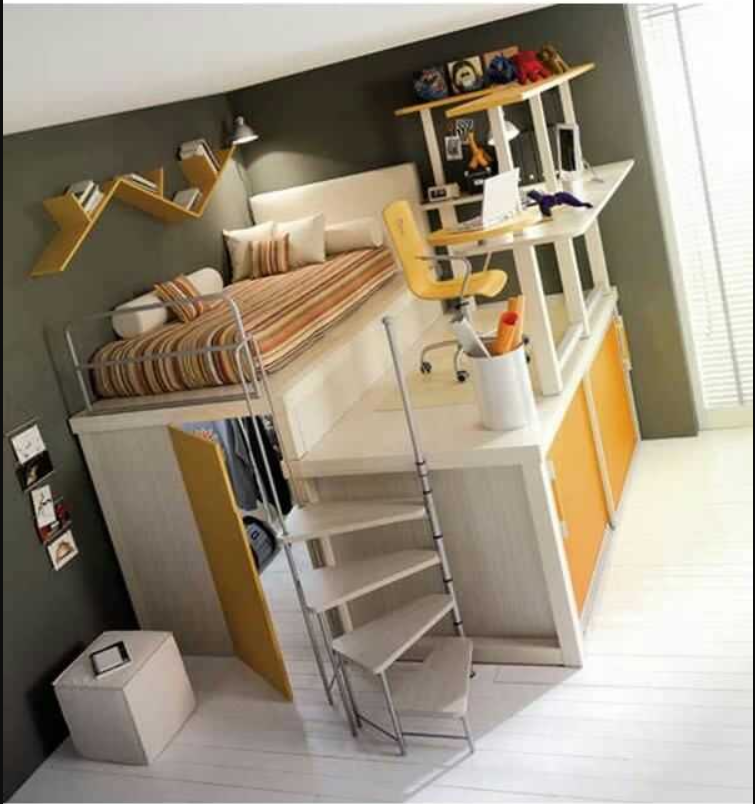Still trying to work through the dimensions for Anya’s new bed. A twin bed is like 38”x75” – thinking 80” long with the headboard/footboard. Along the 15.5’ wall, that leaves like 8’ for the stairs, open floor space, fish tank, and door swing. Even if we needed to go a little longer to get the headboard/footboard, it should fit.
It’s the other dimension that worries me. With a 38” bed & another ~3 feet for the desk area, that’s just over 6’ wide … which gives a 3’ walkway between the bed/desk and hearth. But I worry that 3’ for the desk and chair area is going to be cramped – kids desk chairs are about 2’ square, and a 12” desk seems really small. Although L shaped desks end up having a lot of space, and having that second layer for more storage … maybe a 12” desk isn’t bad. I’d make the shorter part of the ‘L’ wider for paperwork and books. But a laptop computer will fit fine on a 12” desk.
The other question is height. I thought about doing the under-bed area as a potential walk-in closet … but the ceiling is only like 8’ high. And you don’t want to hit your head getting into bed every night. So that’s pretty much out. Doing the desk at 42” high and the bed platform at 48” – gives a little 5” platform for the mattress, plus the mattress height. But a 4’ hideaway might seem cramped. I’d rather a 5’ hideaway (desk at like 55”) … but that leaves 3’ from the mattress platform to the ceiling. Mattress itself has depth too. Now I was going to do the mattress platform the same width as the mattress so you’d sit up & swing your legs over to the desk platform to stand up. Which gives you 3’5” and that seems uncomfortable. A 42” platform means there’s 4.5’ to the ceiling. Wondering about a desk platform that is 3’ and pretty much close to square on the vertical wall – with the two tiers, the desk itself is 4’ & there’s a foot between that top desk level and the ceiling. Then 4’ for the hideaway, which gives 4’ for bed/sitting and 5’ to stand up next to the bed. No good for a teenager, but we’re designing a kid’s bed/desk … I’m sure she’ll want something else when she’s older.
I think we’re going to try laying it out in cardboard this weekend to make sure the footprint is reasonable & the platform heights aren’t head-bonking.
